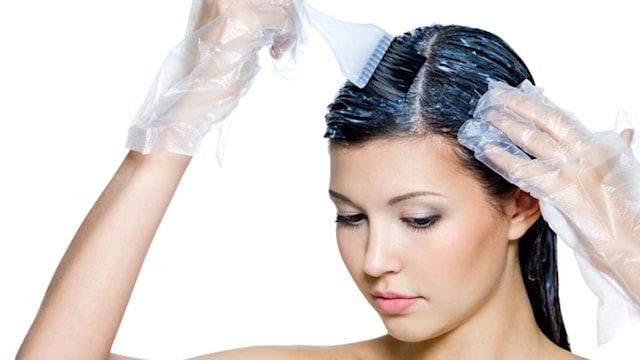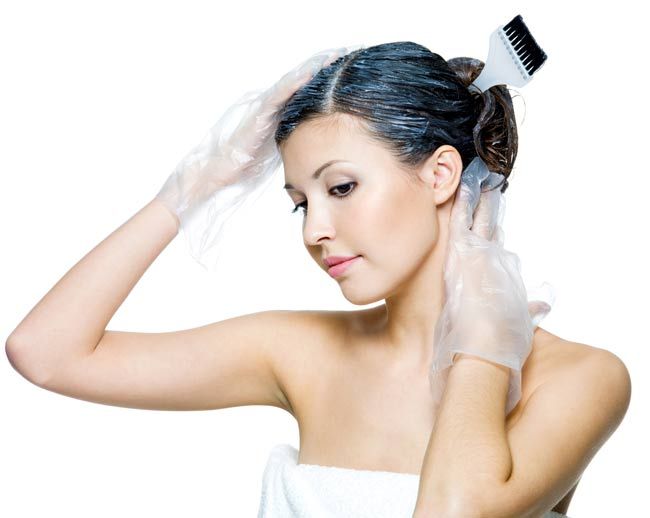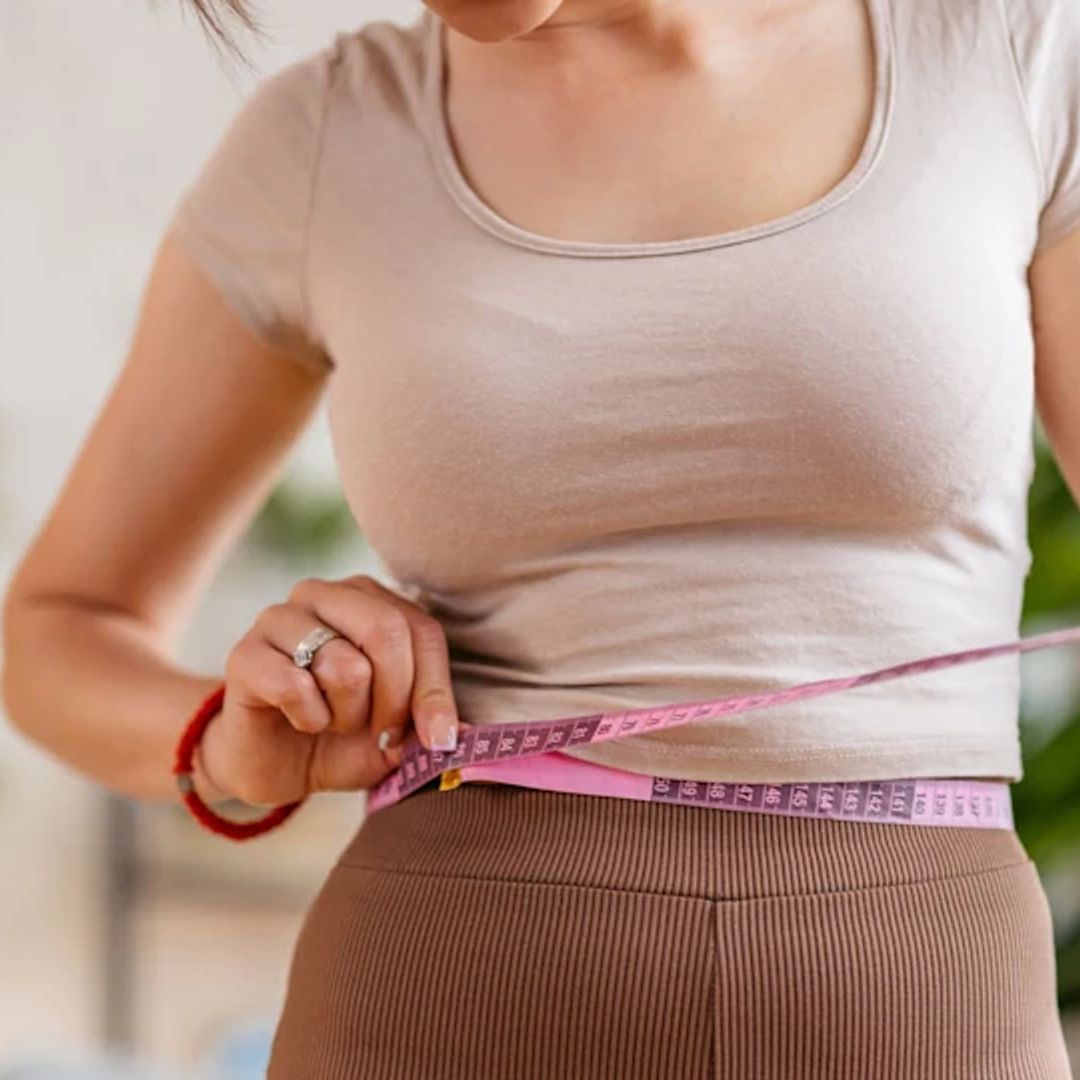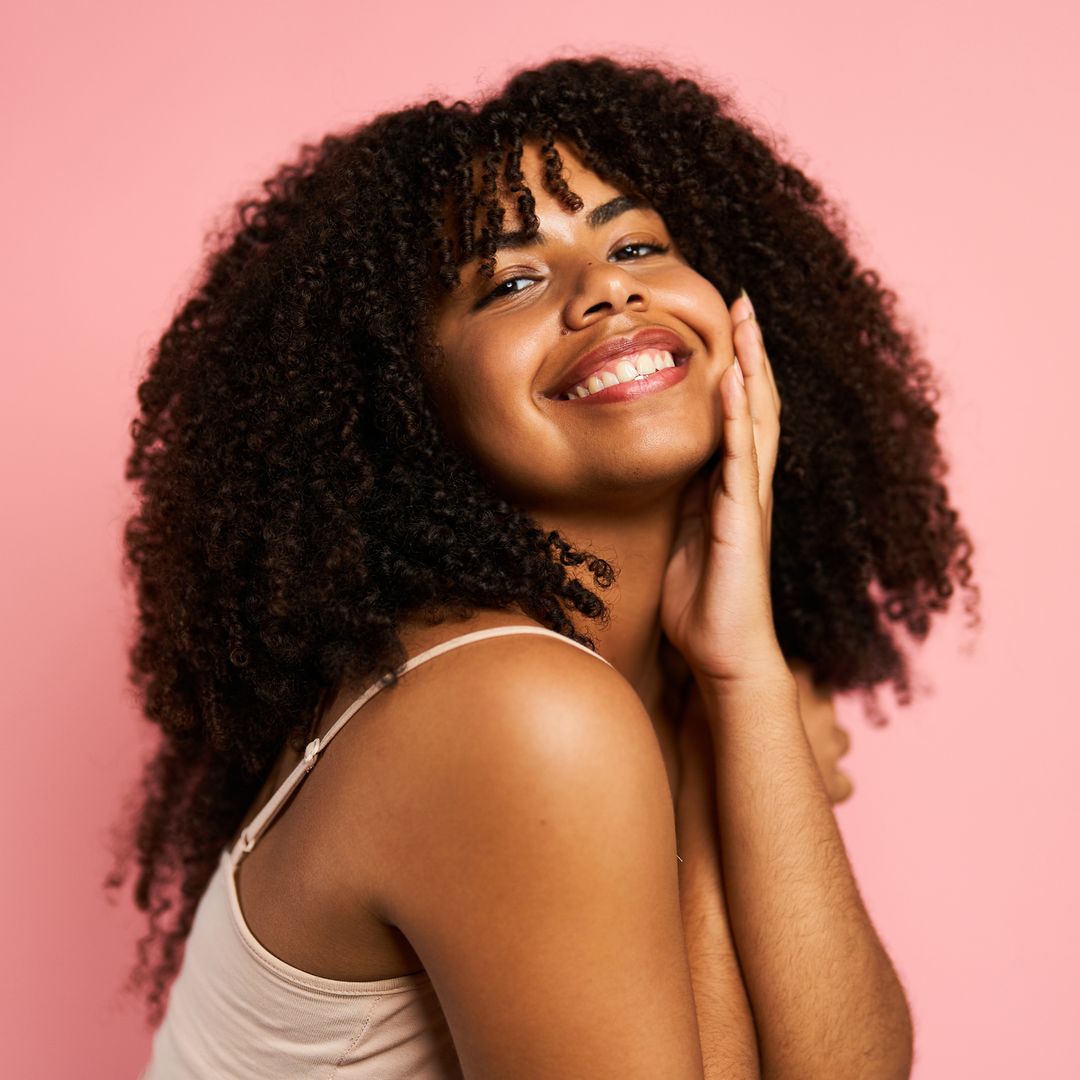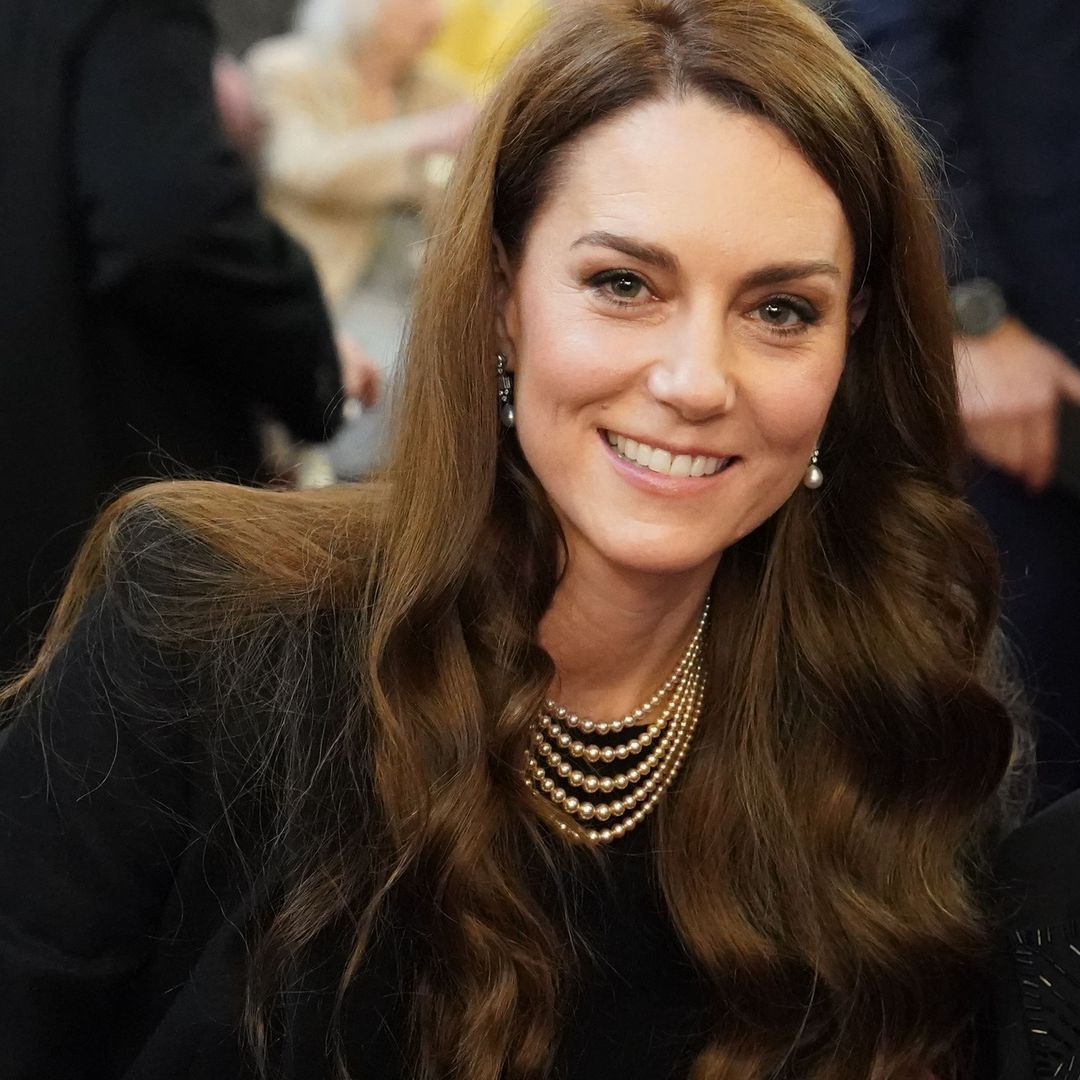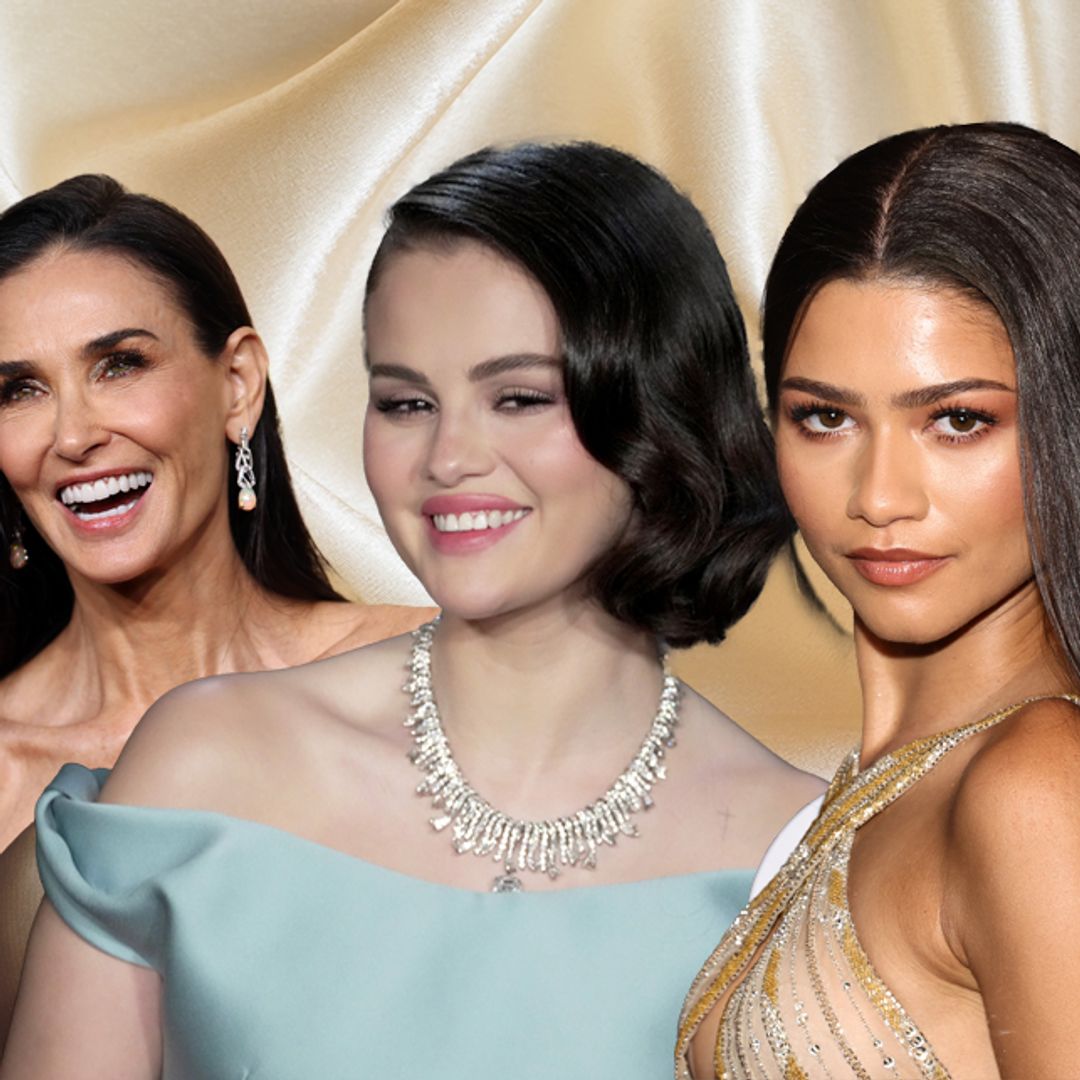The right hair colour can totally transform your looks – liven up your skin tone, cover grey hairs and even add sparkle to your eyes.
But getting your tresses dyed at the salon can be expensive. So we've enlisted a professional colourist to give a step-by-step guide – meet Michael Douglas, nice'n'easy's Colour & Styling ambassador...
Choosing the product
1. Consider both shade AND tone
To get your perfect home hair colour, you need to take both shade AND tone into consideration. Shade is Black, Brown, Blonde, whereas tone is Golden (warm) or Ash (cool).
2. Decide if you have a warm or cool skin tone
You can often tell if you have a warm or cool skin tone by the jewellery that you wear. If you tend to suit gold then you have a warm tone, and if you tend to suit silver then you have a cool tone.
Another good indicator is your natural hair colour – if you are naturally below a 5 (Natural Medium Brown) in the nice'n'easy range, then you generally have a cool skin tone, and if you’re naturally above a 6 (Natural Light Brown) then you generally have a warm skin tone.
If in doubt, opt for a neutral tone in your preferred depth as it will suit warm and cool skin tones. It’s no surprise that the best-selling blonde, brunette and red shades in nice'n'easy are neutral in tone. Essentially, this means the tone of the colour has an equal amount of primary colours, which results in a balance between ashy cool tones and warmer beige and champagne tones, making them a great look on everyone!
If you have a cool skin tone then you are likely to suit cooler colours. For example, if you wanted a red tone then you would suit a blue-ish red such as an aubergine colour. If you have a warm skin tone then you are likely to suit warmer colours. For example, if you wanted a red tone then a coppery red would be best.
Applying the product
1. Do a strand test. I’d recommend first time colourers, or anyone experimenting with a new colour does a strand test. This will allow you to check you’re happy with the colour first and helps you estimate the colouring time needed – as plenty of factors can affect this including hair texture and condition (dry hair will need longer colouring time) to ensure you get the colour result you’re looking for.
2. Always use a comb when dyeing your hair – this will allow you to divide your hair into equal sections and distribute the dye evenly.
3. Ensure that you always have a timer to hand so that you do not exceed the length of time that the dye is on your hair – the colour could come out extremely differently to that on the packet!
4. Don't forget the brows! You need to make sure your hair colour harmonises with the colour of your brows for the most authentic result.
